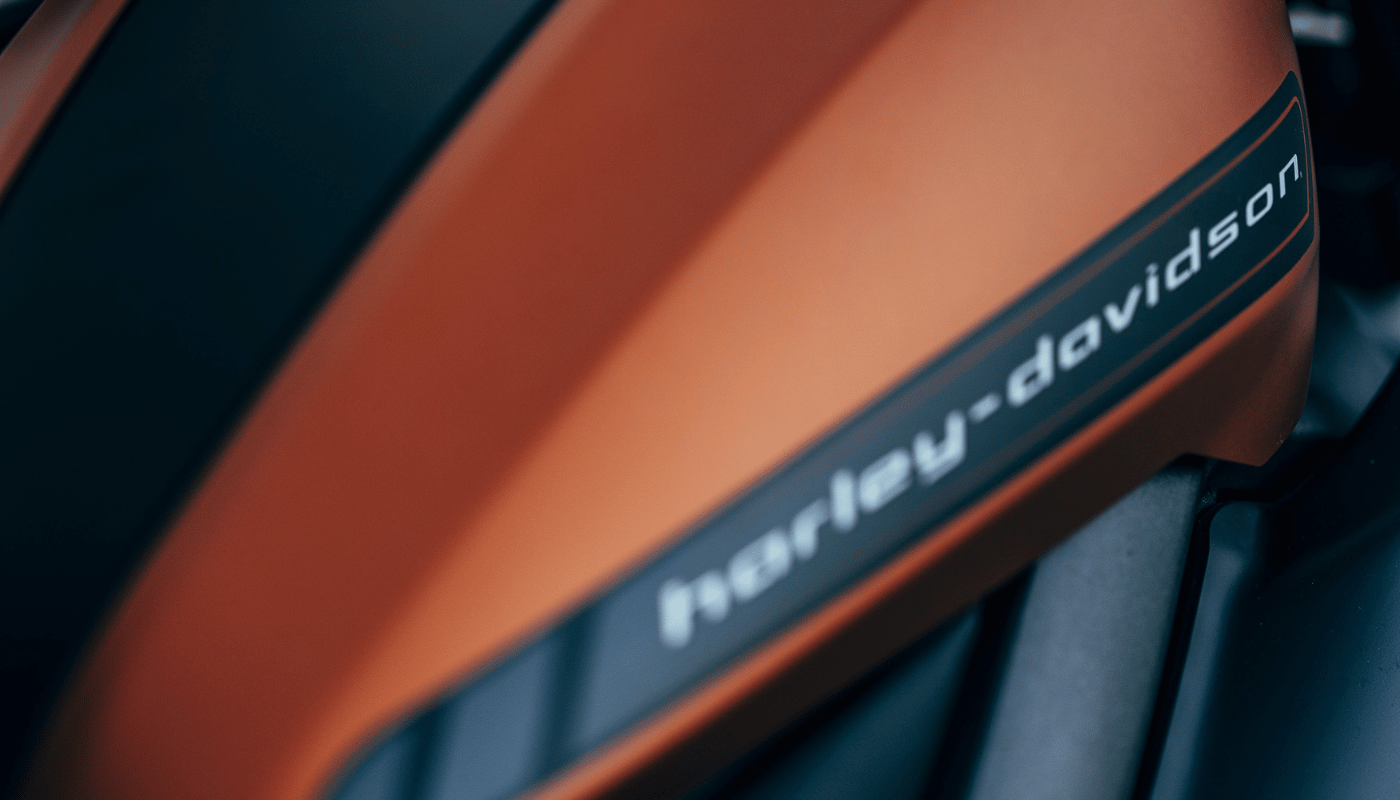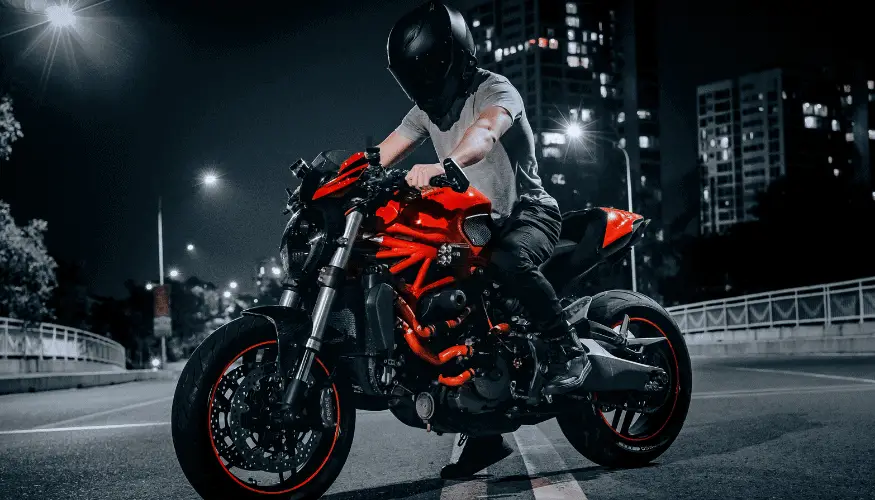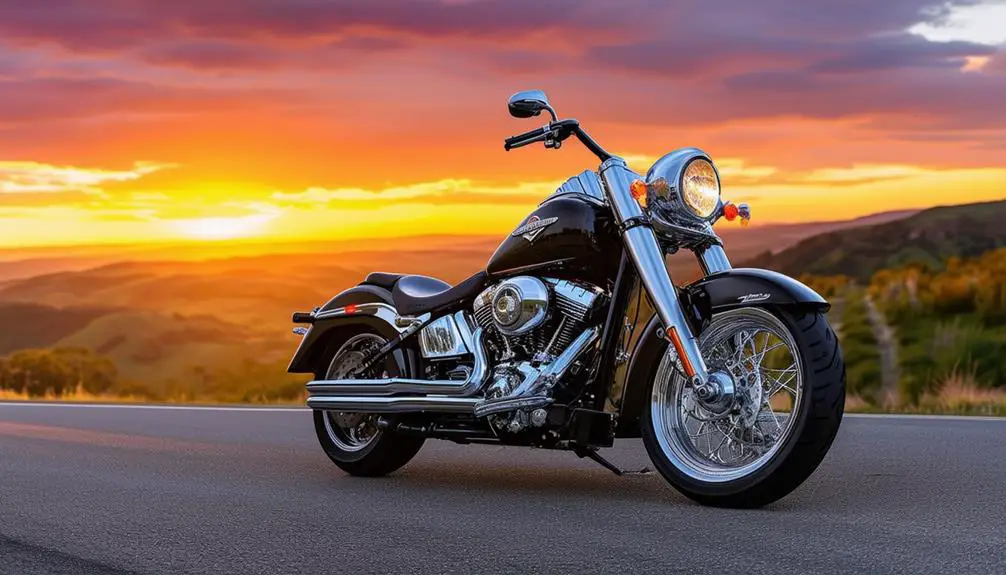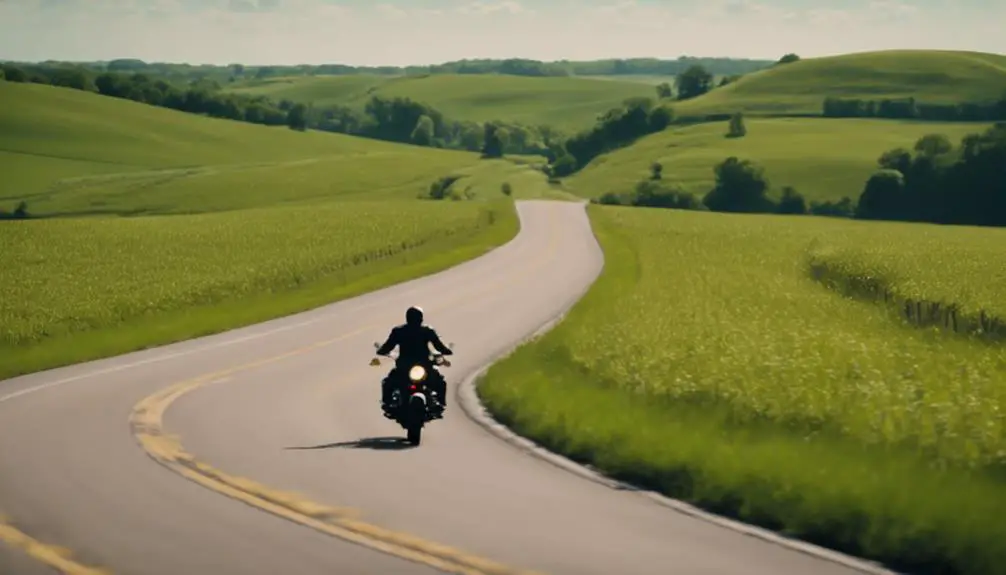Can You Wrap A Motorcycle?
Yes, a motorcycle wrap is a readily available service these days! For years, people have been applying custom graphics to their motorcycles – vinyl wraps for motorcycles are exactly this, but instead the vinyl sheets cover the entire (painted) surface area. Vinyl wraps are a great alternative to alter the appearance of your motorcycle without compromising its original paint job. On top of offering a flexible change of appearance, the vinyl film used during vinyl wraps offers a layer of protection which can still be removed at a later point.
How Much Does It Cost To Wrap A Motorcycle?
Motorcycle wrapping is a much cheaper alternative to a custom paint job, but it’s not without its own costliness.
As with any technical profession that charges labor by the hour, your largest cost will come from the labor involved. In this case, the labor costs for professionally installed vinyl films can vary from a few hundred dollars, all the way into the thousands. I know it’s not very helpful, but the truth is that the cost of wrapping a motorcycle is highly dependent on my variables that will change from bike to bike – even including other factors like location.
A good way to begin estimating the cost of a motorcycle wrap is to first assess your motorcycle itself. What kind of motorcycle is it? For example, a Harley Davidson motorcycle wrapping may be cheaper than wrapping a fully faired street bike. Why is that? Well, you have to think in terms of surface area. If you didn’t know, vinyl is typically sold by the square foot so this means that the larger the surface area of your motorcycle, the more expensive your vinyl wrapping will be.
Aside from a few factors like the cost of vinyl wrap materials, geographical location, and motorcycle type, these are only a few variables that go into the price of vinyl wrapping a motorcycle. It’s best to reach out to your nearest vinyl wrap service provider and ask them for an estimate. This will usually require a visit to their shop as most seasoned professional wrap installers will not provide you an estimate over the phone because they’ll have to assess the project before they offer you a reasonably accurate estimate.
Otherwise, keep in mind that pricing will vary between partial wraps, a full wrap, applying vinyl decals only, and fully custom motorcycle wraps, applied to the entire motorcycle, with custom graphics included.
[recent_post_carousel design=”design-1″]

Can You Wrap A Motorcycle By Yourself?
Yes, you can install a motorcycle wrap by yourself. It will help if you have previous related experience, or at least fairly handy, but it can reasonably be tackled by DIYers of all skill levels. Keep in mind that you won’t damage your motorcycle but installing the vinyl wrap by yourself, but that doesn’t mean that you’ll yield the best results as a beginner. I recommend seeking the help of a professional if you’re unsure – as long as your budget permits.
Whatever the reason may be, rest assured that you can complete at least a basic vinyl wrap by yourself and at home. Seek out a quality guide (which you’ll find here later on) and take your time, and don’t be afraid to learn during the process. If you’re someone who can live with some visual unpleasantries, try to ignore any excess vinyl and remember that the wrap material still adds a protective layer to your original paint job.
Instead of doing a full wrap, it’s also an option to purchase vinyl decal kits that give you the ability to apply a custom wrap to very specific parts of your motorcycle. For example, this is most often seen on carbon fiber vinyl sheets applied to previous black plastic parts of the motorcycle.
How Much Does It Cost To Wrap A Motorcycle By Yourself?
Remember that our primary cost when shopping for a motorcycle wrap is the labor that is charged to complete the job. If we choose to take our own vinyl wrapping adventure, the cost is significantly reduced but there are still some things to consider. You will have to purchase your own equipment, such as:
-
a heat gun
-
a utility knife
-
vinyl sheets
-
vinyl decals if applicable
It’s pretty easy to determine the cost of a heat gun and utility knife, but remember that vinyl wrap is sold per square foot, and the price per square foot ranges depending on the wrapping material you choose. High quality material will cost more than a budget, more affordable material, but you also get what you pay for. Instead of going with the most affordable material, I do recommend you purchase the most high quality material you can find because while materials cost more, you will have high quality extra material to perform any touch ups should the need arise.
How To Vinyl Wrap A Motorcycle
Fortunately, vinyl wrapping a motorcycle is much easier than doing a paint job by yourself. Follow the instructions bellow to apply your motorcycle wrap:
Determine Your Plan Of Attack
This is the stage of the game where you will need to do most of your preparation. Are you going to do a full wrap over the entire bike, or just a partial wrap for certain areas? What color wrap will you choose? What vinyl wrap manufacturer did you choose? Do you have all of your equipment? Do you have enough time to complete the wrap? You should ask yourself all of these questions before starting.
Disassemble Parts You’ll Be Wrapping
Fortunately, most parts of a motorcycle – that can be wrapped – are relatively easy to remove. Start by removing your desired pieces and safely placing them away from each other, or closer to your wrapping area. If the fuel tank will be included in your wrap, be sure to follow a guide to safely remove the tank from the motorcycle. Additionally, I recommend draining the fuel tank of its contents before you begin wrapping.
Clean Parts To Be Wrapped
For the vinyl film to adequately stick to the surface area, you’ll need to make sure that the parts are completely clean so that you have a smooth surface to work with. For some, this can be as simple as just washing the motorcycle, but for dirtier bikes you may need to clay bar the effected area – whatever is necessary. After your cleaning, it is wise to do a final touch with isopropyl alcohol as it will remove any dirt and then evaporate into the air for a clean dry surface to work with.
Begin Cutting Your Vinyl Sheets
Since you’ve removed your parts that you will be applying the vinyl wrap to, you should have plenty of room to work. Take these parts one by one and lay a sheet of vinyl wrap material over them. If you’re budget conscious, you may remember that vinyl wrap is charged per square foot but you will want to lay plenty of excess material over the part(s) so you have plenty of leverage to maneuver the wrapping across the surface.
Remove Backing & Apply Vinyl Wrapping
With your excess material cut, you can now remove the backing of the vinyl wrap and apply it to the flattest, most accessible surface. You can then use your utility knife (squeegee and plastic razor also an option) to begin working the edge of the vinyl wrap onto the surface. I prefer to pull the wrap to the side I’m working as it creates tension for your tool to press against – this will also allow for a tight seal to the surface. At this point, focus on the easiest to access areas before moving onto the tighter, more complex areas.
Now that the easy to access areas have the vinyl wrap stuck to them, we’ll begin working into the tighter more advanced areas. You will need your heat gun handy here. The extra heat will allow the vinyl wrap to stretch further, and then contract again, so that it can seal into the tighter areas more easily. Be sure not to over heat particular areas, spread the heat evenly across the entire area that you’re working in.
Eliminate Creases, Bubbles & Extra Material
Creases, bubbles, and extra materials can all be dealt with relatively easily – just don’t panic. If you have a bubble or crease, it can most likely be worked out just do not apply direct pressure to it.
Most of this should have been taken care of during the application process, but it’s also okay to revisit problem areas with your heat gun and flattening tool. Otherwise, you can try to pull back the nearest edge and re-stretch the vinyl wrap so that it will seal accordingly. For bubbles, they will often times resolve themselves but you can also puncture them with a small needle to allow excess air to flow out then apply a small amount of heat and squeegee the area.
For any excess material that’s hanging off the edge of the wrap, you’ll want to wrap it under/behind it. I will occasionally apply some additional adhesive to these areas as the visual aspect is not important, but you’ll want it to remain stuck there so that the whole wrap does begin to work itself off. Once this is done, trim any excess material that you’ve deemed unnecessary.
Seal The Wrap With Heat Gun
As I may have mentioned, vinyl wrap is extremely durable in regards to heat and will naturally expand and contract in response to it. After I’ve followed the steps above, I like to revisit each section with a little bit of heat. This will ensure that the wrap sticks to the area evenly and does not develop bubbles or other imperfections over the life of the wrap.
Reassemble The Motorcycle
You can begin reassembling the motorcycle. Be sure not to directly stretch the surface of the wrap, and be sure not to snag any excess material on parts that will move when the motorcycle is running.
How Much Vinyl To Wrap A Motorcycle?
As I mentioned earlier, the cost to wrap a motorcycle will vary on each person, their chosen material, their motorcycle, and other numerous factors. It’s important to remember that vinyl wraps are sold per square foot and have different qualities available to choose from. Some common vinyl wraps, that all have different pricing per square foot, include:
-
chrome wraps
-
standard vinyl wrap
-
themed decals
-
an entirely custom wrap
-
carbon fiber style wraps
On a quick aside, I would personally recommend avoiding chrome wraps as the chrome wrapping starts to decay over time and becomes increasingly dirty and hard to clean. Carbon fiber wraps on the other hand, hold up well over time and have a gloss finish right out of the box.
Otherwise, it’s relatively obvious that the most cost effective method to wrapping a motorcycle is to use a standard vinyl wrap and you can add any graphic element you desire to add your own personal touch to the wrap.

What Are The Benefits of A Motorcycle Wrap?
One Of A Kind Aesthetic
Motorcycle wraps are a more accessible way for riders to achieve that “custom paint job” look without forking over the thousands of dollars necessary when following traditional methods like a full blown paint job.
Maintain Resale Value
A motorcycle wrap will fully cover and protect the most vulnerable surfaces on your motorcycle from stone chips, uv rays, bug splatter and more, while offering a one of a kind and maintaining the resale value of your motorcycle. In other circumstances, without vinyl wrap, damage to your paint job would result in a new paint job being necessary to return the bike to it’s original resale value.
Flexibility
Since motorcycle wraps can easily be installed and removed, you can change the appearance of your motorcycle at any time; whereas, with traditional methods like a paint job this isn’t quite the case. Redoing a paint job quickly becomes a time consuming and expensive affair.
Proper Care For A Motorcycle Wrap
It’s extremely easy to care for vinyl wrap. You’ll want to follow the same proper washing technique as you would with any painted surface.
This technique includes:
-
Rinse the motorcycle thoroughly before washing
-
Use only clean wash mitts and microfiber towels
-
Use painted surface safe cleaning agents
-
Dry thoroughly and store away from direct sunlight.
FAQs
Can You Wrap A Motorcycle Helmet?
Yes, vinyl wraps can also be applied to motorcycle helmets. It’s actually the ultimate customization to show a rider’s personality through their custom design, instead of wrapping their entire bike. Other options include adding several themed decals to your helmet.
How To Wrap A Motorcycle Helmet?
You can wrap a helmet following the same vinyl wrap procedure as outlined above. Keep in mind that a helmet may be more tedious as the vinyl may not want to stick to the surface, and helmets may have smaller spaces to work in.
Can You Wrap A Dirt Bike?
Absolutely, motorcycle wraps are applicable for dirt bikes as well. Do keep in mind that dirt bikes are traditionally exposed to more wear and tear, and more adverse riding conditions. This means that your vinyl wrap may have to be reapplied more frequently, or will show its wear more easily.
How Much Does It Cost To Wrap A Dirt Bike?
As I’ve mentioned before, vinyl wrap is sold per square foot, so if you think about it dirt bikes should be relatively cheaper to wrap since there are smaller surfaces across the whole bike.
What Are The Downsides Of A Vinyl Motorcycle Wrap?
While there are more severe downsides elsewhere in the motorcycle world, motorcycle wraps do carry their own inherent downsides. For example, motorcycles are often exposed to more adverse road conditions as they offer less niceties in general. This means that a motorcycle wrap may have to be reapplied more often than you would see on a car.







Leave a Reply
You must be logged in to post a comment.